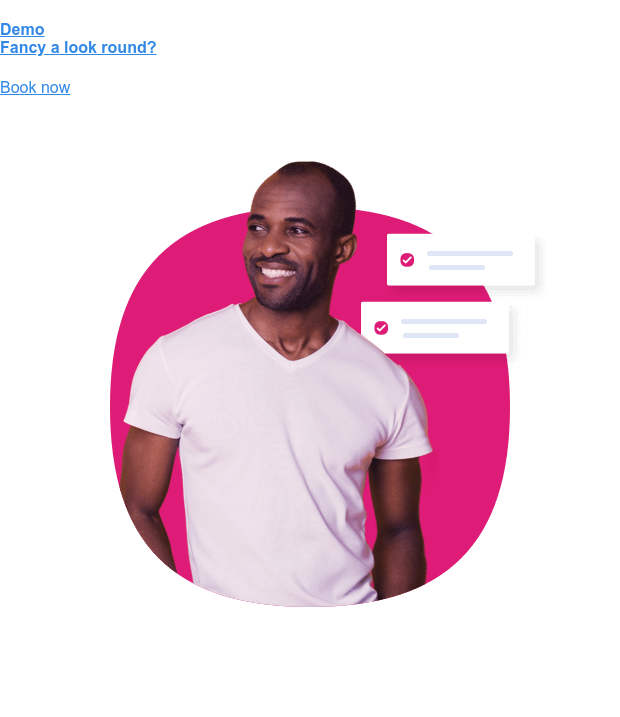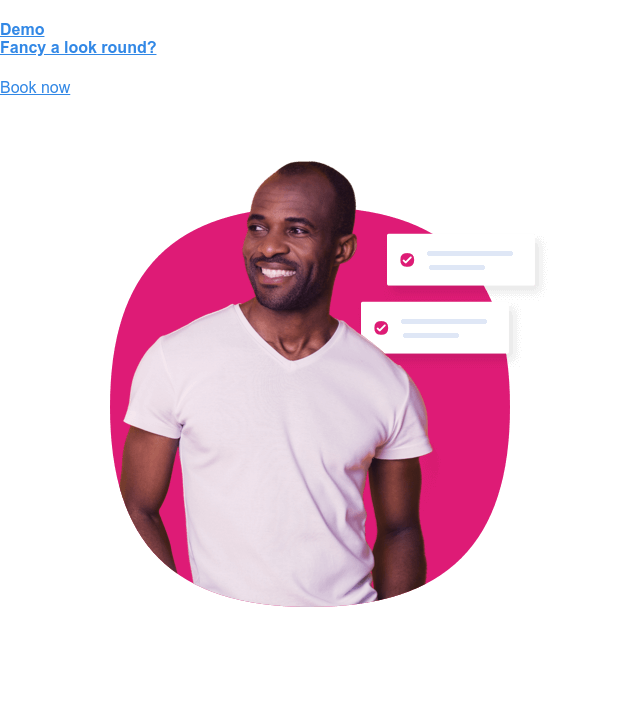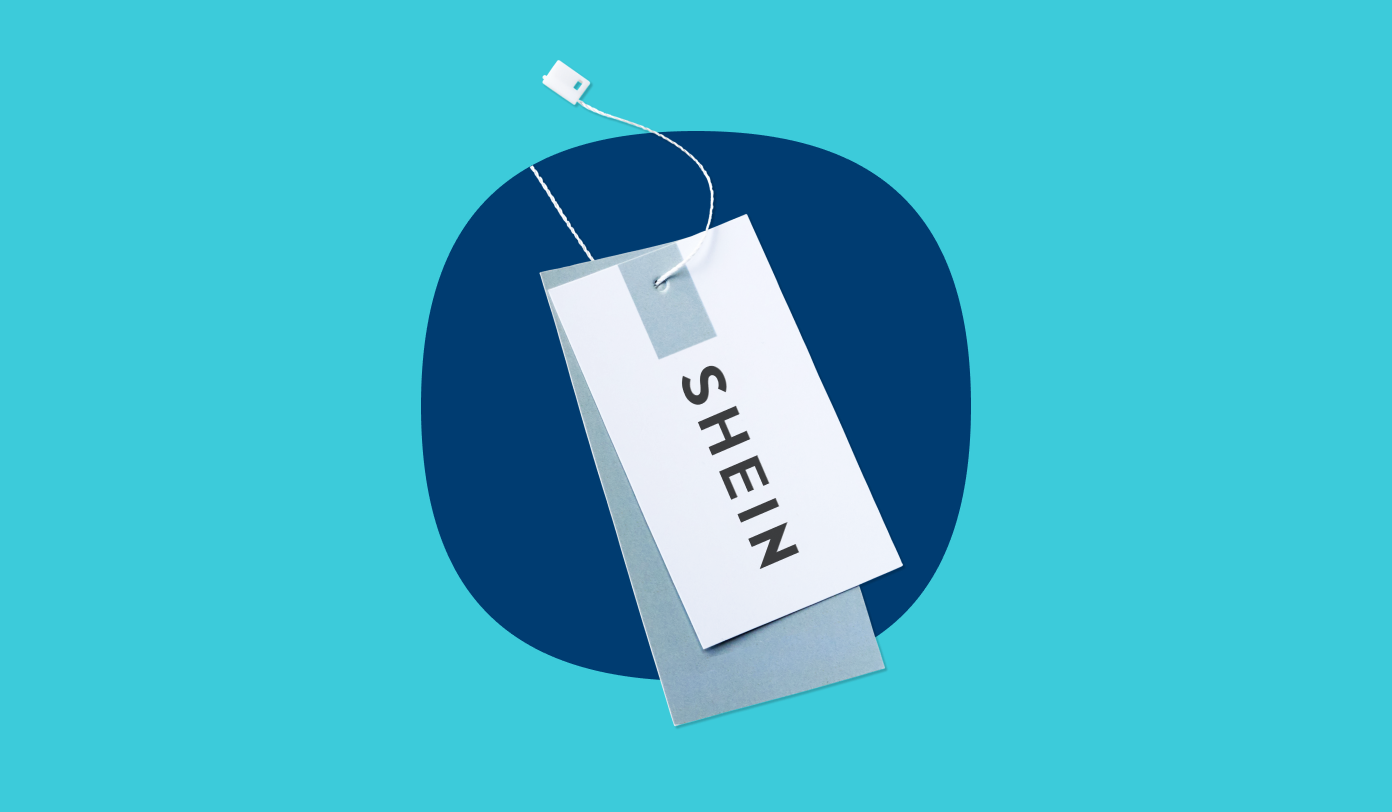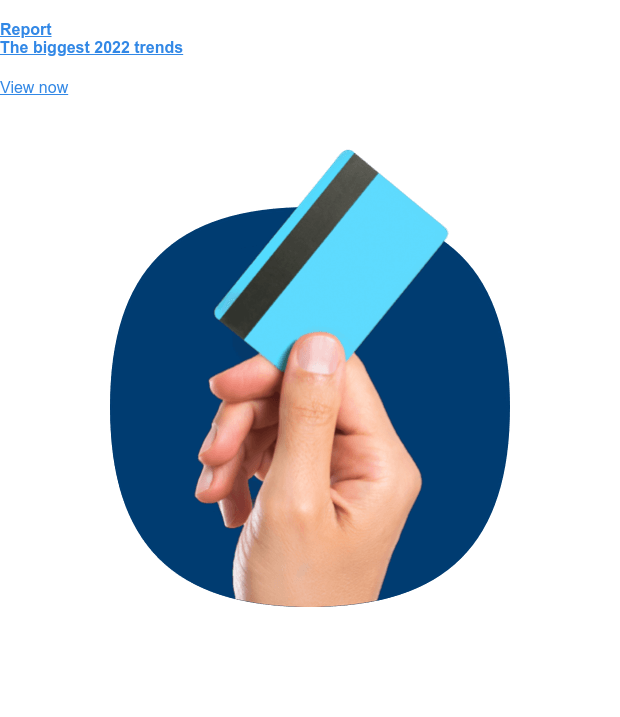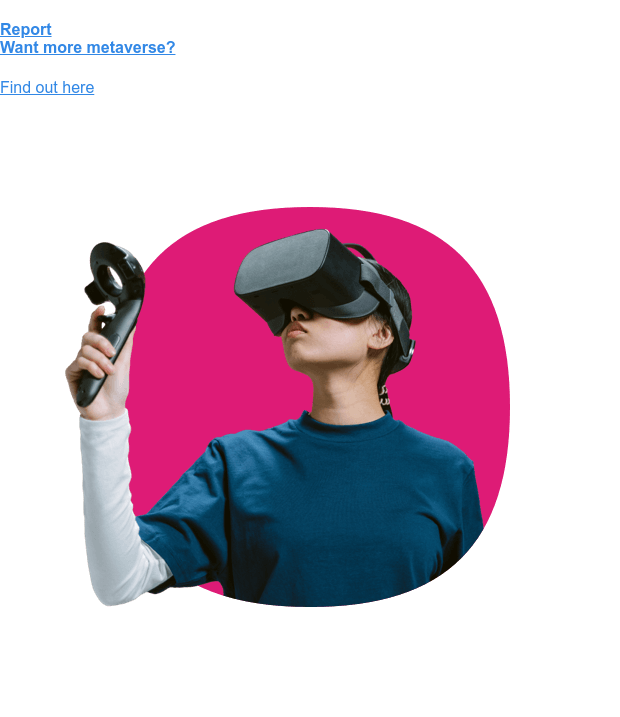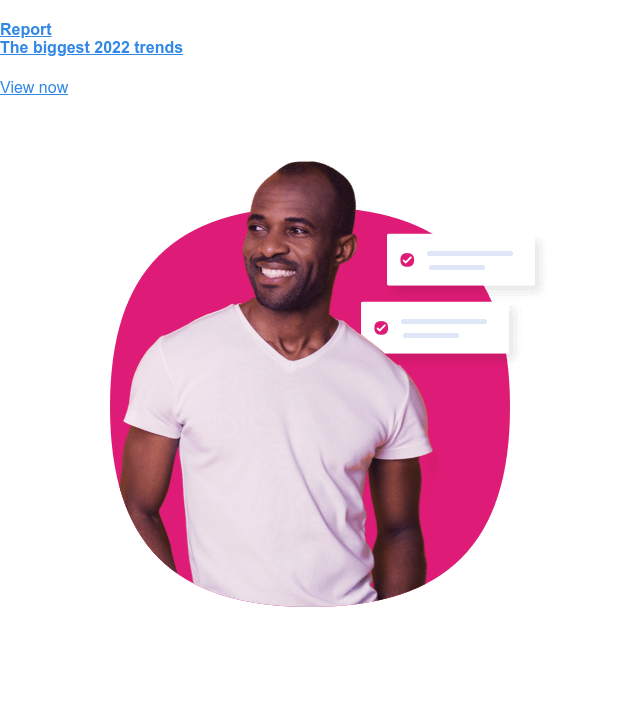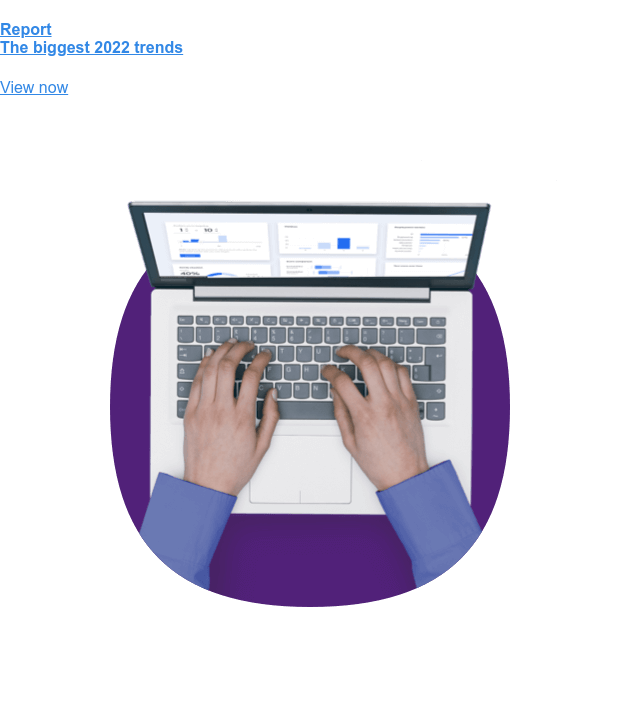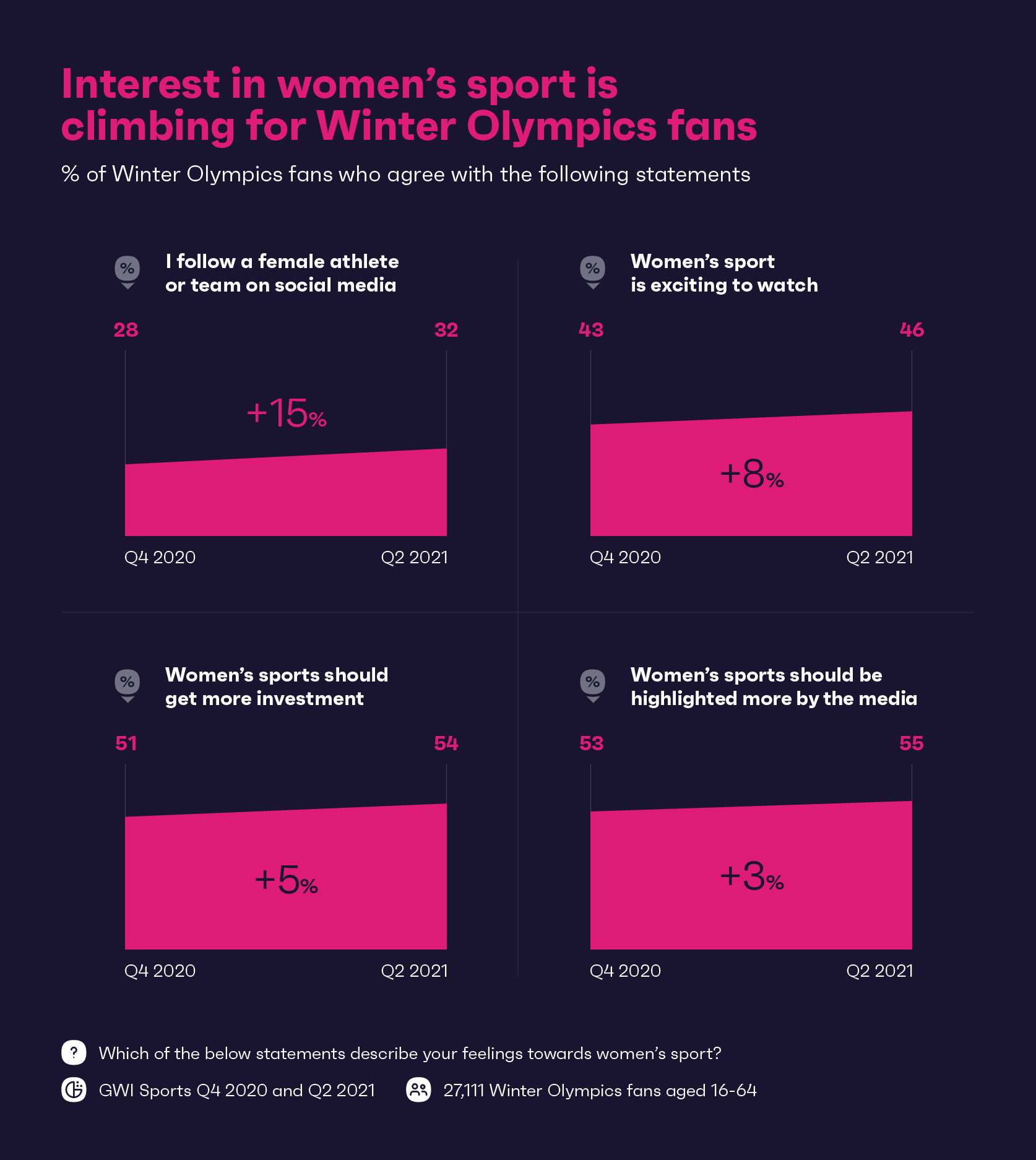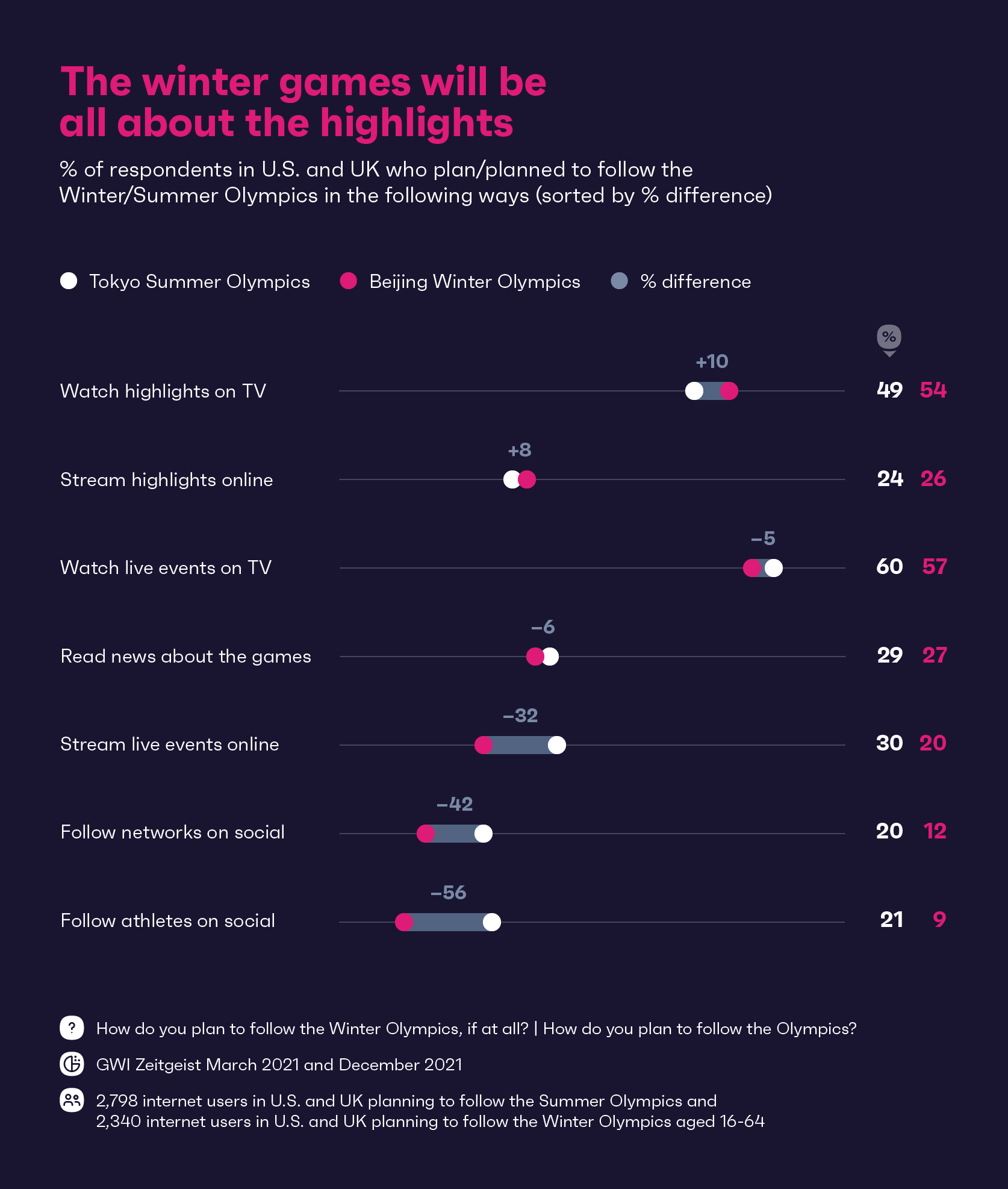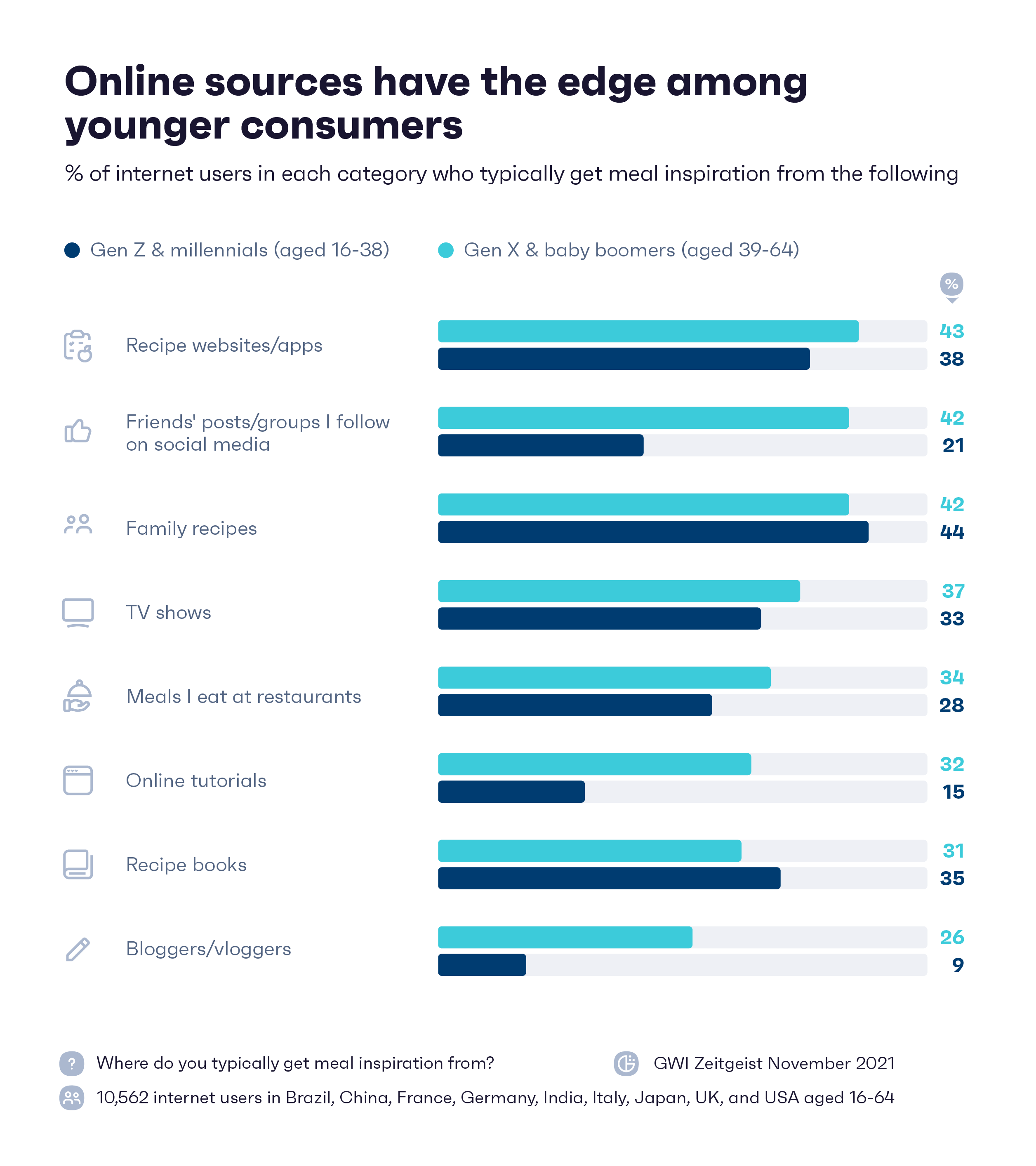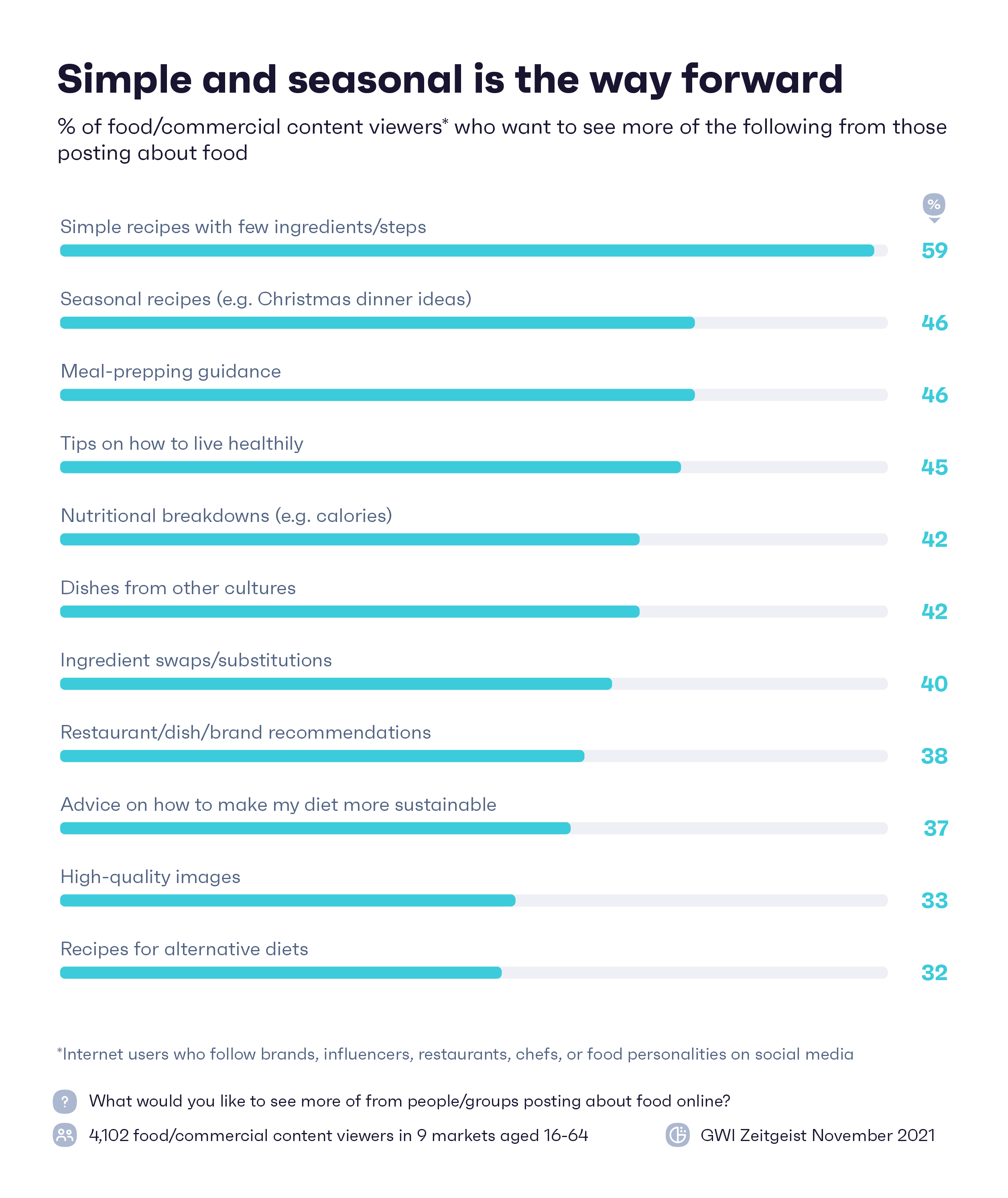
Qualitative research and quantitative research are market research methods that are widely used by market research companies and consumer research platforms. They act as powerful sources of insight for marketers, storytellers, journalists, psychologists, economists, brand managers, social scientists – the list goes on.
What is quantitative research?
Quantitative research is a numbers thing. It gives you an idea of how many people think, feel, or behave in a certain way. You tend to be dealing with a large sample here – one that more accurately represents a wider group.
Quantitative research calls on surveys or analytics to quantify consumer behaviors, perceptions, attitudes, and interests, giving you the hard numbers you need to back your ideas.
Here’s an example: Logging into TikTok every day has increased by 54% outside China since the end of 2020.
What is qualitative research?
Generally speaking, qualitative research explores what people think, feel, and do. It’s non-numerical, which means your insights will consist of words and stories, like people talking about their experiences and sharing their opinions.
You tend to be dealing with a small sample here. Qualitative research is usually gathered from sources such as one-on-one interviews, focus groups, and discussion forums.
This is great for generating first-hand insight, like uncovering a customer’s perception of your value proposition, or how their attitudes are changing.
Here’s an example: Consumers feel that treating themselves and indulging has become more important.
If quantitative research is the outline of a picture, qualitative research colors it in.
Qualitative research vs. quantitative research: how do they fare?
Both research methods have pros and cons, and depending on what type of data you’re after, one will be better suited.
The benefits of qualitative research
- Get depth and detail: A qualitative research method helps you analyze thoughts, feelings, and behaviors. In doing so, it lets you explore the ‘why’ behind things. This is immensely valuable when it comes to understanding what motivates consumers – and in turn, what drives their behavior.
- You can encourage discussion: The joy of qualitative data is that it allows people to expand on the ins and outs of how they’re feeling. Often, these discussions can introduce new topic areas you didn’t originally think of, providing deeper insight.
- You can stay flexible: On the back of the above point, using a qualitative method lets you adapt your questions in real-time, depending on the information you’re gathering. If you’ve scratched the surface of something interesting, you can dig a little deeper. And if it’s not hitting the mark, you can shift the focus of the question.
The drawbacks of qualitative research
- You’re dealing with small sample sizes: Qualitative analysis tends to be more in-depth, which is great, but it’s more time-consuming as a result. And because it’s resource-intensive, the number of people you can actually speak to is limited. Chances are, you won’t survey as many people as you’d like to.
- It’s harder to generalize the results: With any qualitative study, because you’re dealing with a small pool of opinions, you can’t accurately say the views you gathered represent the views of a wider population.
- You need a skilled qualitative researcher: There are so many ways to accidentally influence the responses you get from a qualitative survey – your tone of voice, your rapport with the people you’re speaking to, and even the order in which you ask the questions. Unfortunately, the quality of the responses you get is largely based on how well the researchers conduct the interviews or focus groups.
- There’s no anonymity: Let’s face it, not everybody is comfortable talking about everything to everyone all the time. There are some topics that people will shy away from – especially in a one-on-one session or a discussion group full of strangers. If so, they’re likely to conceal their full answers if they’re feeling shy or judged, which will skew the results of your study. Some people might only be willing to do an anonymous quantitative study.
The benefits of quantitative research
- You get your hands on a larger sample: With a quantitative survey, a much broader study can be done – one which involves more people. Naturally, you’ll be able to more accurately generalize your results across an even wider group of people.
- You get objectivity and accuracy: There are far fewer variables involved with quantitative research. The data you’re collecting is often ‘close-ended’, which means people are choosing clear-cut multiple choice answers, such as yes/no, or Instagram/Facebook/TikTok. And when it comes to diving into the results, there’s no room for debate. A certain number of people do one thing, and a certain number of people do another.
- It’s faster and easier: With quantitative data collection, you can step into the world of automation. You don’t need a physical researcher to help – you simply opt for digital or mobile surveys. These can conduct thousands of interviews at the same time across multiple countries.
- You can save money: Because they’re quicker to run, quantitative methods are famously cost-effective. That’s why the cost of someone participating in a quantitative survey is typically far less than the price of a focus group. And you just need skilled researchers to write the survey, rather than conduct it.
The drawbacks of quantitative research:
- You get a less detailed picture: With this research method, results are based on numerical responses and, as a result, you get slightly less insight into the thoughts, motivations, and drivers of your group. You’re lacking a key component: context. To get around this, you can include ‘open-end’ answers, which allow a participant to write down more detailed responses rather than just ticking a box. But doing so relies on respondents having the time and truly understanding the question.
- It’s somewhat artificial: Quantitative research needs to be carried out in an unnatural environment so that it can be controlled. And while this is important, it means the results you gather might differ from ‘real world’ findings.
- You’re faced with limitations: A quantitative method needs to have pre-set answers, and sometimes, how a participant thinks, feels, or behaves might not be featured in the list. Their true answer is masked behind your lack of options, and it might push them to pick one that doesn’t really reflect how they feel.
Get the best of both worlds
Both approaches have strengths and weaknesses. By combining the two together (which is often referred to as mixed method research), you can seriously boost the quality and accuracy of your findings, adding both breadth and depth.
The advantages of mixed method research
- Enrich your story: You can use qualitative data to color the insights that were revealed in your quantitative survey.
- Examine your narrative: You can generate hypotheses from the opinions uncovered in qualitative research, then cross-reference these against a wider sample with a quantitative approach.
- Explain the surprises: You can use qualitative data to better understand any unexpected results from quantitative data.
How a combined approach can generate a results-driven campaign
Combining both data methods in a way that yields awesome results requires planning.
Like any successful data analysis, finding the right answers relies on asking the right questions.
And in order to ask the right questions, you need to identify your key goals – mapping out exactly what you want to achieve.
For example, companies looking to drive campaigns focused on ROI can use quantitative tracking tools like Google Analytics, Data Studio, or Power BI. If set up correctly, you can quickly uncover key performance indicators like website visits, time on page, traffic from social media, number of leads, and even revenue.
Pairing this with some qualitative information on how your customers feel about your brand – through questionnaires, reviews, case studies, or customer interviews will give you a detailed picture of what you need to know.
This kind of intelligence enables brands to gain a deep understanding of how well their campaigns are working and, critically, why.
Using qualitative analysis to streamline the user journey
Research can answer strategic business questions – but to do that well, you need to interrogate the information and gather the most actionable insight.
Qualitative analytics can give your brand answers around why a customer bought a certain product or service and what their end-to-end experience was like.
These findings provide clear data that can be actioned, enabling brands to do more of what’s working and address any kinks in the user journey.
Plus, qualitative proof like customer reviews can help you drive more conversions. In fact:
99.9% of consumers read reviews, and 98% consider them an essential step on the consumer path to purchase.
So not only can qualitative research help you configure things behind the scenes, but it can also help you make more money. (As long as people are saying nice things about your brand.)
Using quantitative analysis to fix what’s broken
Quantitative analytics, on the other hand, can provide specific answers relating to how the purchase journey looks, enabling brands to spot any areas that are causing issues on touchpoints that matter.
For example, if a high percentage of buyers are dropping off on a certain page, or abandoning their basket at the same spot, marketers can address this pretty quickly, either by redesigning the page or making the transaction process faster.
Combining forces to make the magic happen
While quantitative data might flag issues around basket abandonment, ecommerce brands may still be unsure as to why consumers are dropping off.
Is the page a bit sluggish? Are the payment options confusing? Or is poor page design making the CTA hard to find?
Combining the hard numbers with the ‘why’ gives brands a clear idea of where the problems lie and how best to fix them.
Deeper insight gives a competitive edge
Combined research can be used in numerous ways depending on a brand’s business objectives.
For example, data might reveal that over-70s with disposable income and an interest in technology would buy more devices if the product designs accounted for failing eyesight and inhibited manual dexterity.
These sorts of insights could open up a whole new audience – and product category – giving brands more of a competitive edge.
Meeting the personalized future
Qualitative and quantitative research methods have different roles to play. Using the two together can be a powerful move, especially as consumer demand for personalization continues to rise.
To meet this demand, more and more brands and marketers are turning to audience profiling data, analyzing audience behaviors and perceptions on a massive scale, to tailor their activity to their consumers.
By combining qualitative personas with quantitative data, you can identify and define your audiences in as much detail as possible, understanding how, where, and when to reach them for maximum impact.
